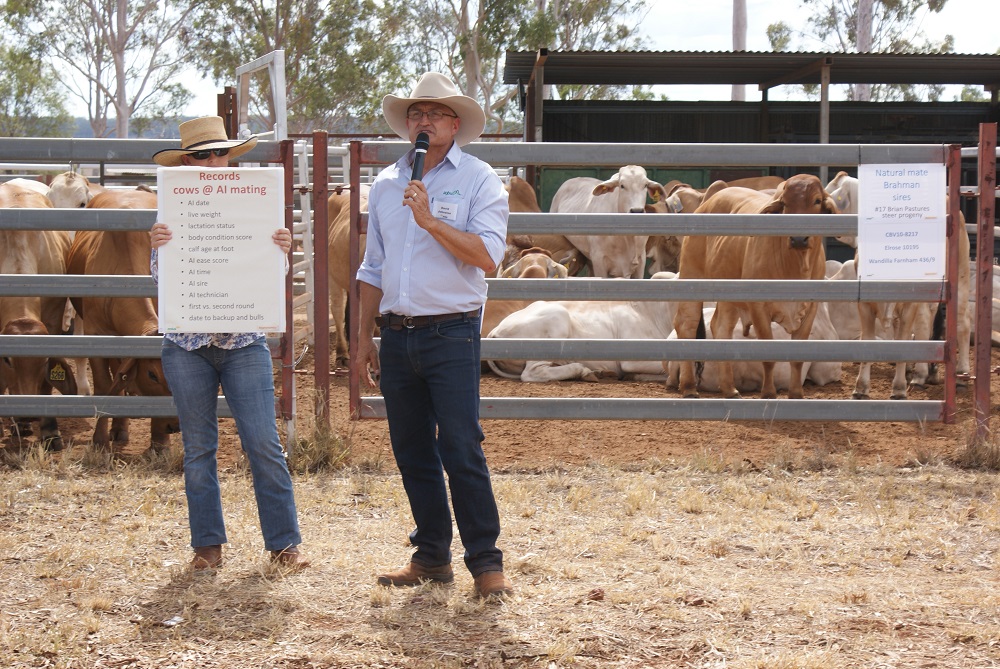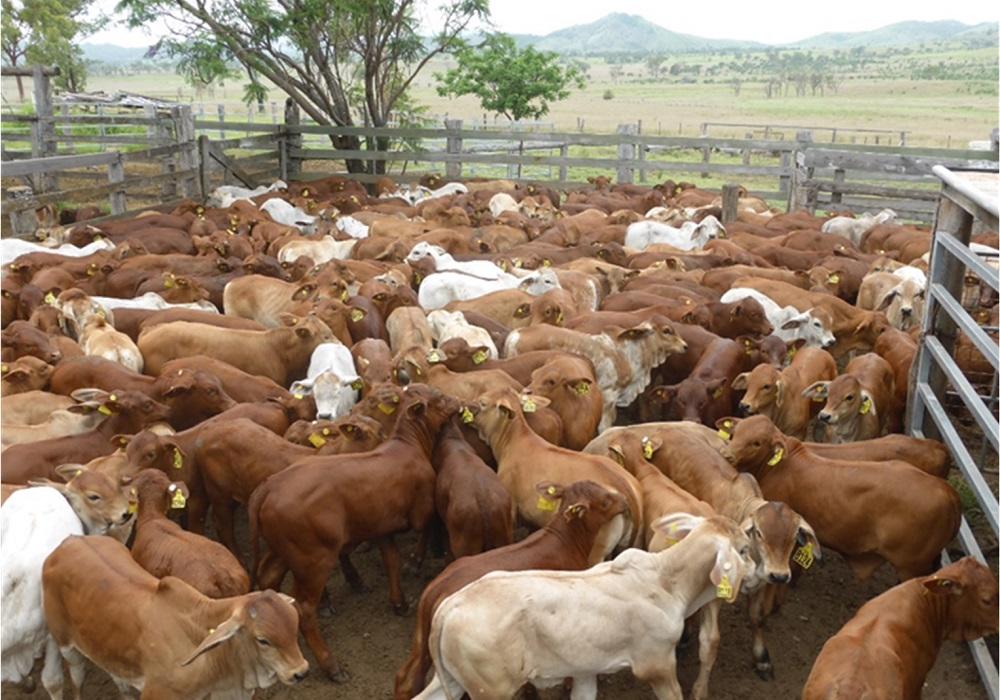MAJOR research project in the northern beef cattle herd may deliver the holy grail for Australian seedstock producers – across-breed estimated breeding values (EBVs) for the northern herd.
Research that has already triggered a spin-off trial in the southern region using Angus (including a group of Te Mania Angus cows), Hereford, Charolais, Wagyu and Shorthorn – with Brahmans as the crossover with the Repronomics project.
The Reprononomics (reproduction and genomics) Project has been running a large breeding and genotyping project using Brahman, Santa Gertrudis and Droughtmaster; all tropically-adapted beef breeds.
Project lead David Johnston – who coined the term repronomics – said “intensive recording of early-in-life female reproduction phenotypes using real-time ultrasound on large numbers of females will significantly increase the size of the genomic reference populations for these key traits and breeds”.
David said this phenotypic data, along with high density SNP genotypes, will provide crucial data to enable the effective implementation of new BREEDPLAN genomic evaluations currently being developed for the Australian beef industry.
He said it would also assist in increasing the accuracy of selection, especially in young bulls.
“The project design will also allow investigations of genetics versus environment interactions for female reproduction traits; the potential development of new traits and methodologies required for the implementation of across-breed genomic evaluations.
“The Repronomics project has already generated significant numbers of calves and has recorded large numbers of females for age at puberty, anoestrous interval in first-calf cows, calving and weaning rates, along with many other traits in three major northern beef breeds,” he said.
“These records are being combined with DNA SNP (single nucleotide polymorphisms) genotypes on all project animals, as well as key industry animals, to drive enhanced BREEDPLAN evaluations.”
David said in the north, female reproduction rates are often low; due to the tough environments.
“Through my research we have shown cows raised together might have a re-breed rate as low as 40 per cent,” he said.
“But how did the 40 per cent manage to get pregnant?
“The answer is genetics; it explains about half the variation.
“We observe some sires where none of their daughters get back in calf, while there are other exceptional sires, that have 100 per cent.
The level of genetic variation that exists for traits associated with female reproduction is nothing short of astounding, but essentially it is untapped – because of little objective recording.
“We see more than six months difference between sires for their daughter’s age of puberty and more than 25 per cent differences in daughter rebreed rates as first-calf cows,” David added.
“Yet we have Brahman cows from the old Beef CRC project that ended up having a calf every year for 15 years.”
David said the southern trial is being led by the NSW Department of Agriculture; using several of its research stations to house the project herds.
“The big thing we expect to come out of that is the establishment of a across-breed EBV and while we don’t for a minute think each breed will shut its own BREEDPLAN down what it will let producers do is compare apples with apples,” Dr Johnston added.
“Or, if you prefer, Angus with Charolais, knowing the figures will be comparable.
“The research into the development of across-breed EBVs in the north is showing a mix of the breeds when the sires are ranked from top to bottom for a large range of traits. There might be some breed differences for particular traits, but there is clearly overlap, with high and low performers in each breed.”
But perhaps the biggest achievement of both projects is they will push objective measurement to new heights, making it almost mandatory in bull selection.
David indicated that could be seen in the progress of his northern trial.
He said that project was well underway and achieving its targets in generating females and intensive recording of female reproduction.
“Levels of recording of the project-generated females are increasing and the data is feeding into new BREEDPLAN evaluations that will enable tropical breeds to make genetic change in improving female reproduction rates,” he explained.
“The project is building uniquely recorded herds that will allow genetics to be compared across environments and will be a powerful resource enabling industry herds to be benchmarked for reproduction traits, as well as many other traits including overall genetic merit.,” he said.
“Finally, the head-to-head management of breeds will provide the necessary data to generate across-breed genomic EBVs for large numbers of traits.”
David said while the trials are laying priceless groundwork they can’t be sustained indefinitely on levy funding.
“The southern trial is working with leading gene pools – Te Mania Angus, for example, has already committed females to the trial herds,” he said.
“And because the trial animals need to be run head-to-head to make the project work they must be run together in multi-breed mobs.
“In northern Australia, fewer cattle have EBVs so the more bulls we can help produce with more EBVs will mean a big advantage to buyers in those markets.”
David was also not pulling any punches in his assessment of the projects and the direction they will be taking the beef cattle industry.
“In the terms of genetic evaluation, Repronomics is a landmark study,” he said.
“And a lot of people would say it has been a long time coming; because without accurate EBVs, without objective measurement, our ability as an industry to improve commercial cattle will be flawed and seriously limited.
“I can’t see how people can ignore that degree of information in the modern market.”






